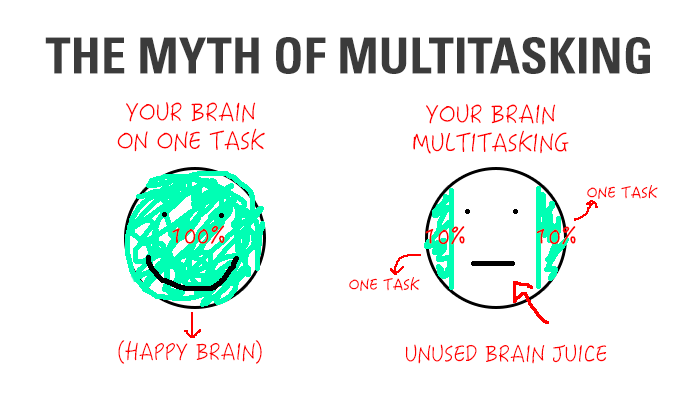Football is such a wonderful game, isn’t it? It brings families and friends and foes together for a series of sporting spectacles for ten hours on a Sunday, with a primetime show the preceding Thursday and the following Monday. Every single stadium roars loudly, tens of thousands of witnesses cheering for their side to win. Try taking away the field, the officials, teammates and replace pads with good old fashioned sword and shield. Doesn’t that sound awfully familiar, just like something that occurred regularly in Rome over a thousand years ago?

NFL linebacker Terrell Suggs photo 1
This connection has been made by many people many times before but for some reason, people aren’t positive whether or not football players are modern-day gladiators. This was my view when I first heard the comparison as, like the writer, I too entered this debate with bias as an avid fan of football. As a little kid, my eyes couldn’t believe the plays that immortal legends such as LaDainian Tomlinson, Ray Lewis and Randy Moss made (yes, I actually thought they were immortal. I was a kid, cut me some slack).
Once I started to realize the real dangers of football, I no longer celebrated the huge hits Ray Lewis made that I once cheered wildly for, instead hoping his victim walked away unscathed. Football causes an alarming number of concussions, and all of these players are either suing the NFL over permanent head injuries or have already died as a result of concussions. This alarming statistic only adds onto the fire. Chronic Traumatic Encephalopathy (CTE) has caused many players to die. It scared me when I first heard about it, and chills ran up my spine when I saw the movie Concussion in theaters. I realized how dangerous football was. I always played football with my friends up through high school but now we all play touch so we don’t end up in an emergency room.
This article, written by legendary sports journalist Bill Plaschke, affirms the connection between gladiators and football. Both gladiators and football players receive cheers from tens of thousands of fans who came to huge stadiums to watch the contests. Huge NFL salaries don’t compare to the minimal, if any payment, the gladiators garnered. However, the NFL and NCAAF both profit from the players’ suffering, just like the owners of the gladiators did. Other than that, they’re both fight to the death “games.” The only difference is that gladiators had the luxury of dying on the spot. Football players have to suffer for years after they wrap up their careers. They end up retiring to some exotic place only to suffer and even die, whether “naturally”, like Ken Stabler or Mike Webster, or by suicide, like Dave Duerson or Junior Seau. Ask their families if football is just a game. Football players are dying in heaps, just like gladiators did when they “lost.” Now, ask yourself; just how are football players different from gladiators? Or if you still can’t answer that, ask these two Broncos players kneeling over 2015 NFL MVP Cam Newton below.

 photo 2
photo 2 photo 3
photo 3
 mastered, such as walking, running, eating, and the like, another action using a different part of the brain can be done. Since watching television and running are two actions that don’t involve the same part of the brain, I was able to do them together. However, adding my sip of Gatorade into the equation was not good, as I was moving my legs and arms in different directions to do two different things. How could that part of my brain focus on either one of them?
mastered, such as walking, running, eating, and the like, another action using a different part of the brain can be done. Since watching television and running are two actions that don’t involve the same part of the brain, I was able to do them together. However, adding my sip of Gatorade into the equation was not good, as I was moving my legs and arms in different directions to do two different things. How could that part of my brain focus on either one of them?  belief that the human brain can do multiple tasks, what we all thought was multitasking, because the brain cannot do that.
belief that the human brain can do multiple tasks, what we all thought was multitasking, because the brain cannot do that.





